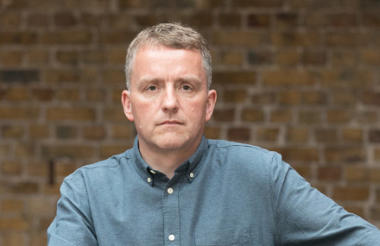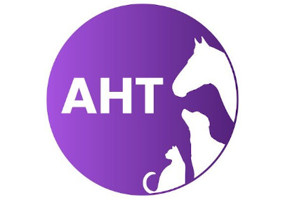The proportion of charity income that comes from government sources was at its lowest point in a decade ahead of the coronavirus pandemic, according to NCVO research.
NCVO’s UK Civil Society Almanac 2020, which was published today, reveals that income growth has been driven by an increase in income from the public – via the fundraising and trading activity which has been most severely impacted by the Covid-19 crisis.
The umbrella body says it is too soon to know how badly the sector will be affected, but that it will “inevitably shrink in the immediate future”.
The data is drawn from charities' annual accounts with year ends falling in the 2017-18 financial year. The time lag is due to charities having 10 months after their financial year end before they need to file their accounts. NCVO’s research team then analyses a sample of 10,000.
Total sector income rose slightly to £53.5bn, and spending was £51.3bn.
Less reliant on government income
Government income is made up of funding from central and local government, NHS trusts and non-departmental bodies.
The overall amount that the sector receives from government has remained relatively stable over the last 10 years, standing at £15.7bn in 2017-18.
However it has fallen gradually over this period as a proportion of the sector's total income, now accounting for 29% of the total, down from around 37% in 2009-10.
Government funding is not distributed evenly throughout the sector. Social care organisations receive the largest share, with 35%.
This is followed by health (14%), international (12%) and culture (8%).
Income from the public
The public is the largest source of the charity sector’s income, accounting for 47%.
In 2017-18 this totalled £25.4bn and is split almost evenly between voluntary fundraising, such as legacies and direct debits, and earned income, such as charity shops and admission fees.
Income from the public has risen both in real terms and as a proportion of overall income over the last decade.
Assets and liabilities: ‘Stronger net position than any time previously’
In 2017-18, the sector’s total assets were worth £164.4bn, while money owed to creditors and other liabilities amounted to £22.4bn.
The majority (84%) of the sector’s total assets are fixed assets, valued at £139.2bn. They include investment assets (£110.9bn), tangible fixed assets (£28.1bn) like buildings and equipment, and intangible fixed assets (£202m) like intellectual property.
Karl Wilding, chief executive of NCVO, notes in the foreword: “It took years for the sector’s assets to recover from the 2008 crisis, but by 2017-18 that recovery was clearly complete. While investment growth slowed, liabilities also shrank, leaving the sector’s assets in a stronger net position than any time previously.
“But with much of the sector’s investments since affected by the fall in values in 2020, it remains to be seen how comfortable a cushion many organisations’ reserves will have provided in practice. The effects of diminished investment values may also be felt for a long time as they constrain the expenditure of foundations that rely on them to generate the income that they pass to other charities.”
‘The voluntary sector will inevitably shrink in the immediate future’
Estimates have suggested that the crisis cost at least £4bn to the sector over 12 weeks, and that this figure will rise to £12bn across the year.
Several charities have announced consultations on redundancies, and on Friday the Animal Health Trust – a charity with an income of £15m and over 200 employees – announced it was shutting.
Wilding said: “Charities have a vital part to play in tackling coronavirus, and in helping the country rebuild after the crisis and beyond. The way in which we saw charities and volunteers collectively support their communities during lockdown was a clear example of the immense difference the sector makes to our society.
“Despite this, the voluntary sector will inevitably shrink in the immediate future. Public income being the main source of income growth means that social distancing restrictions and a reduction in people’s disposable incomes will have a direct impact on charities’ incomes. Undoubtedly, this will result in job losses, a possible reduction in services and the closure of some charities.
“We will continue to make the case to government that charities and volunteers can reboot the economy, reconnect our communities, and contribute to positive social and wellbeing outcomes at a time of extreme challenge.
“Helping those affected by business closure or job losses, supporting good mental health, and supporting individuals and communities in need – all of these are central to getting the country back on its feet.”
Related articles












